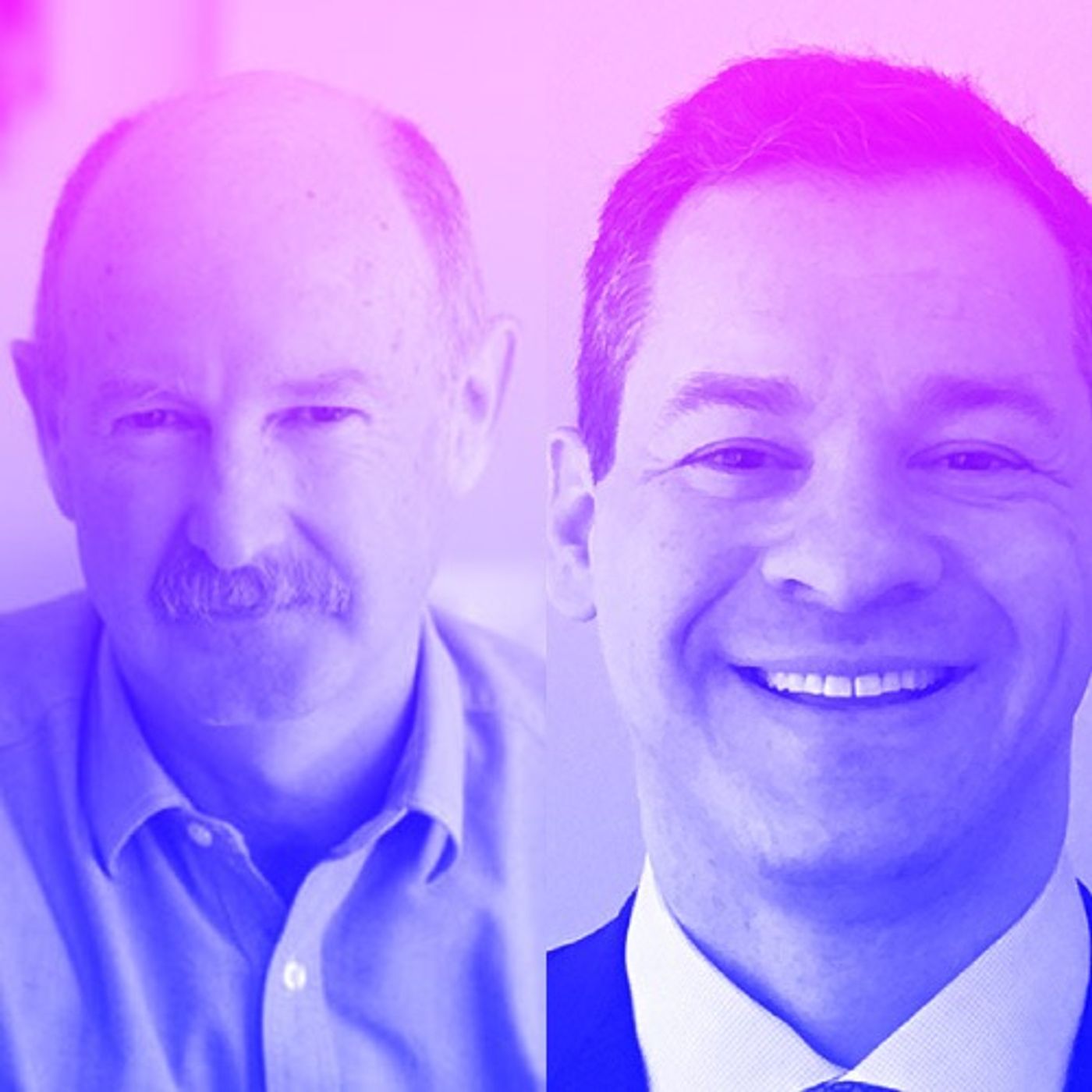Making the Invisible Visible
Description
What would the internet look like if it weren't the greatest technology of mass surveillance in the history of mankind? Trevor Paglen wonders about this, and he makes art from it.
To Paglen, art is a conversation with the past and the future – artifacts of how the world looks at a certain time and place. In our time and place, it’s a world dogged by digital privacy concerns, and so his art ranges from 19th-century style photos of military drones circling like insects in the Nevada sky, to a museum installation that provides a free wifi hotspot offering anonymized browsing through a Tor network, to deep-sea diving photos of internet cables tapped by the National Security Agency.
Paglen speaks with EFF's Cindy Cohn and Jason Kelley about making the invisible visible: creating physical manifestations of the data collection and artificial intelligence that characterize today’s internet so that people can reflect on how to make tomorrow’s internet far better for us all.
In this episode you’ll learn about:
- The blurred edges between art, law, and activism in creating spaces for people to think differently.
- Exploring the contradictions of technology that is both beautiful and scary.
- Creating an artistic vocabulary and culture that helps viewers grasp technical and political issues.
- Changing the attitude that technology is neutral, and instead illuminating and mitigating its impacts on society.
Trevor Paglen is an artist whose work spans image-making, sculpture, investigative journalism, writing, engineering, and numerous other disciplines with a focus on mass surveillance, data collection, and artificial intelligence. He has had one-person exhibitions at the Smithsonian Museum of American Art in Washington D.C.; the Carnegie Museum of Art in Pittsburgh; the Fondazione Prada in Milan; the Barbican Centre in London; the Vienna Secession in Vienna; and Protocinema in Istanbul. He has launched an artwork into Earth orbit, contributed research and cinematography to the Academy Award-winning film “Citizenfour,” and created a radioactive public sculpture for the exclusion zone in Fukushima, Japan. The author of several books and numerous articles, he won a 2017 MacArthur Fellowship “genius grant” and holds a B.A. from the University of California at Berkeley, an MFA from the Art Institute of Chicago, and a Ph.D. in Geography from U.C. Berkeley.
This podcast is supported by the Alfred P. Sloan Foundation's Program in Public Understanding of Science and Technology.
Music for How to Fix the Internet was created for us by Reed Mathis and Nat Keefe of BeatMower.
This podcast is licensed Creative Commons Attribution 4.0 International, and includes the following music licensed Creative Commons Attribution 3.0 Unported by their creators:
http://dig.ccmixter.org/files/airtone/58703
CommonGround by airtone (c) copyright 2019 Licensed under a Creative Commons Attribution (3.0) Ft: simonlittlefield
Additional beds and alternate theme remixes by Gaëtan Harris
Photo: Ståle Grut (CC-By-Share-alike)























